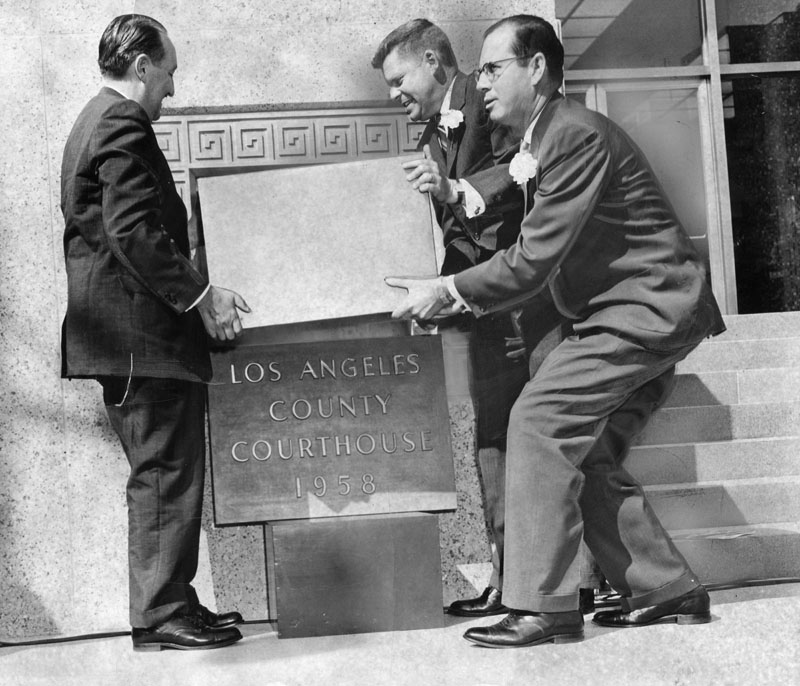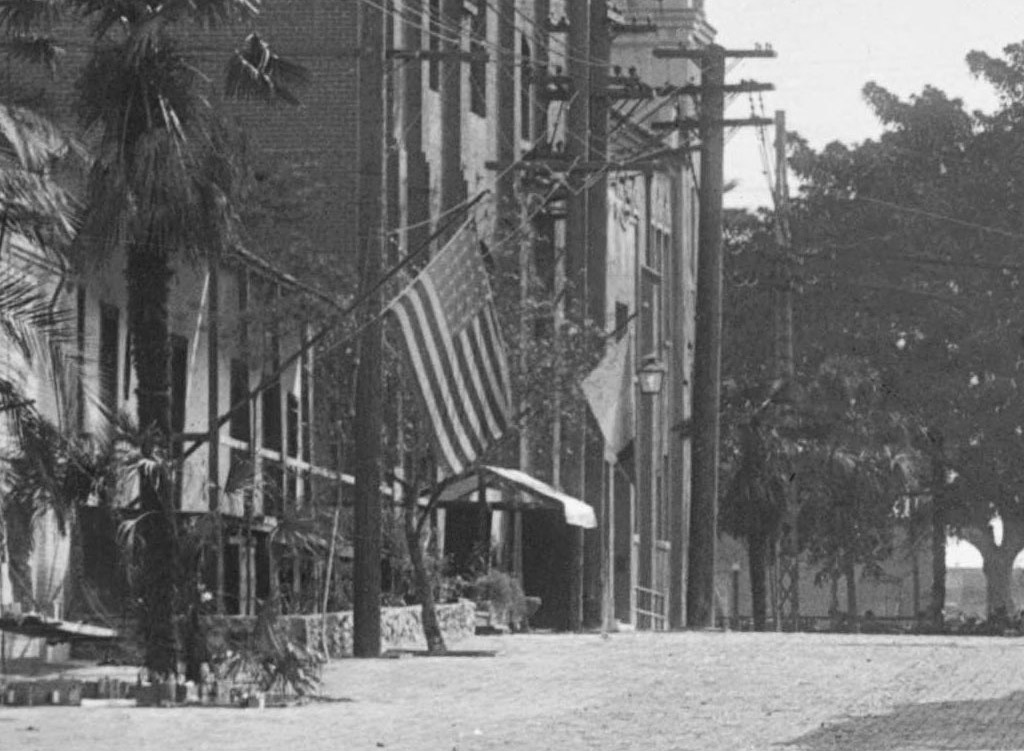Recently, I happened upon these nice views of Los Angeles from the 1890s.
The 200 block of South Broadway was one of the more active centers of civic life in its time.

Courtesy California State Library.
The almost brand new City Hall (1888-1928) dominates the right of the picture. Several other landmarks of the day can also be seen here. The tower of Los Angeles High School is partially visible to the left of the power poles. The clock tower in the distance is that of the Los Angeles County Court House. The tall spire next to that belongs to the First Presbyterian Church at the SE corner of Broadway and Second Street. And, the gothic structure just barely visible between City Hall and the Crocker Building (with the two bay windows) is Los Angeles's first Jewish synagogue.
Nothing special to see there today, unfortunately.

This quaint brick sideroad – complete with baths and a French restaurant – was Requeña Street (later renamed Market Street). The ornate Victorian on the left is the United States Hotel (1886-1939), and on the opposite corner is the Amestoy Block (1887-1958) – the first brick office building in town (and the first to have an elevator). The clock tower behind, once again, is the Court House.

Courtesy California State Library.
The U.S. Hotel and the Amestoy Block looked much nicer from the front. Click below to view the two from Main Street.




















